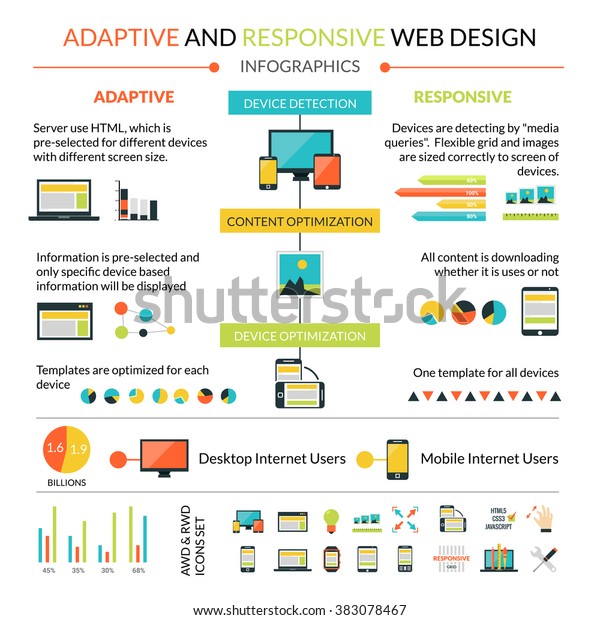Web Site Style Basics: Tips For Structure A User-Friendly Site
Web Site Style Basics: Tips For Structure A User-Friendly Site
Blog Article
Team Author-Hall Ehlers
When it comes to web site style, making certain user-friendliness is key. From on front page to structured navigation, every element plays a critical duty in producing a site that satisfies your target market's requirements. But what concerning the finer details that can make or break a user's browsing experience? Remain tuned as we uncover some often-overlooked pointers that can elevate your internet site's usability to the next degree, making it genuinely stand apart in the electronic landscape.
Importance of Responsive Style
Responsive style is a crucial element of contemporary site development. Guaranteeing your site is responsive ways that it can adapt to various display sizes and gadgets, giving a smooth experience for customers.
With the raising use mobile phones and tablet computers to access the internet, having a responsive style is crucial for getting to a broader target market. It assists in improving individual experience by making your internet site easy to navigate and keep reading any kind of tool.
Additionally, receptive layout can positively impact your online search engine rankings, as search engines like Google focus on mobile-friendly web sites. By having a receptive design, you're likewise future-proofing your internet site, as new devices with varying display sizes remain to arise.
Simplify Navigation Structure
To boost user experience and promote simple accessibility to details on your web site, enhancing the navigation structure is extremely important. When developing your site, concentrate on creating a clear and user-friendly navigating food selection that assists site visitors locate what they're seeking swiftly.
Limit the number of menu products to the basics, grouping relevant pages together to prevent frustrating individuals. Usage descriptive labels that plainly indicate the material of each page, making it easier for individuals to understand where each web link will certainly take them.
Take into consideration applying dropdown food selections for subcategories to prevent littering the major navigation bar. Furthermore, consist of clicking here on the page for customers who prefer looking for specific info.
Prioritize mobile responsiveness in your navigation style to make sure very easy gain access to on all devices.
Maximize Web Page Lots Speed
Improving page tons rate is critical for preserving site visitors on your website. Slow-loading you could check here frustrate users and can result in high bounce rates. To maximize web page lots rate, start by maximizing photos. Compress images without jeopardizing top quality to reduce their file sizes.
In addition, allow browser caching to keep often accessed resources locally, quickening load times for returning visitors. Minify CSS, JavaScript, and HTML files by removing unneeded personalities, remarks, and formatting, boosting load rate.
Take into consideration making use of a material shipment network (CDN) to distribute your site's content across several servers worldwide, decreasing latency for individuals accessing your site from various areas. Lastly, restrict making use of third-party manuscripts and plugins, as they can dramatically influence lots times.
Final thought
In conclusion, by including receptive design, streamlining navigating, and optimizing page lots rate, you can develop a straightforward site that attract a larger audience and improves user experience. These essential elements make sure that site visitors can conveniently access and browse your site throughout various gadgets, leading to boosted interaction and complete satisfaction. By focusing on these essential elements, you can develop an effective site that keeps users coming back for more.
